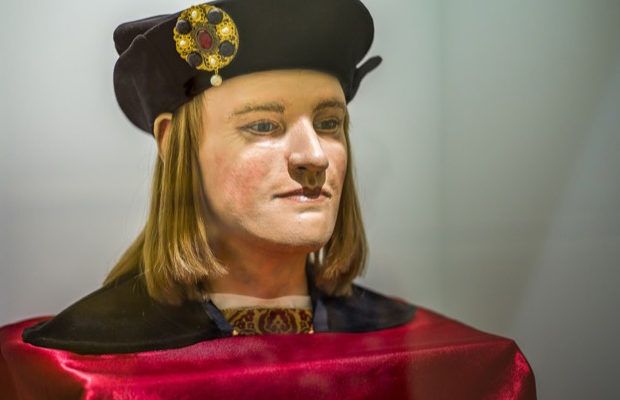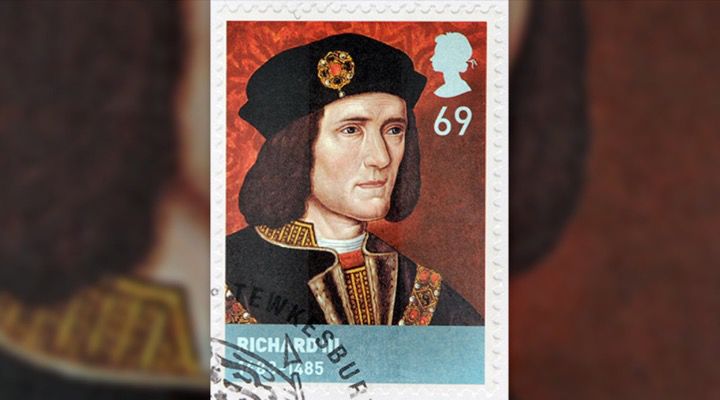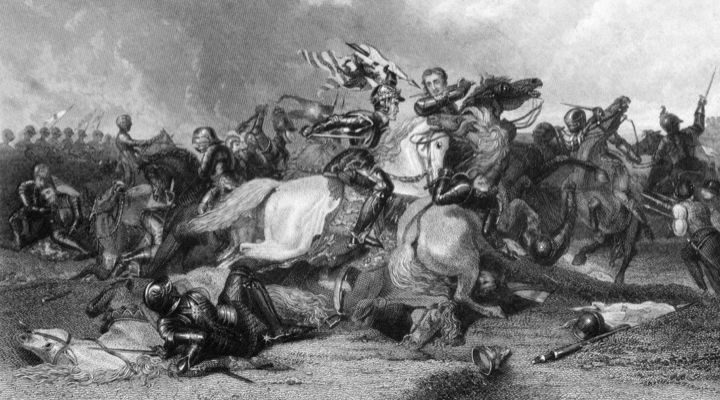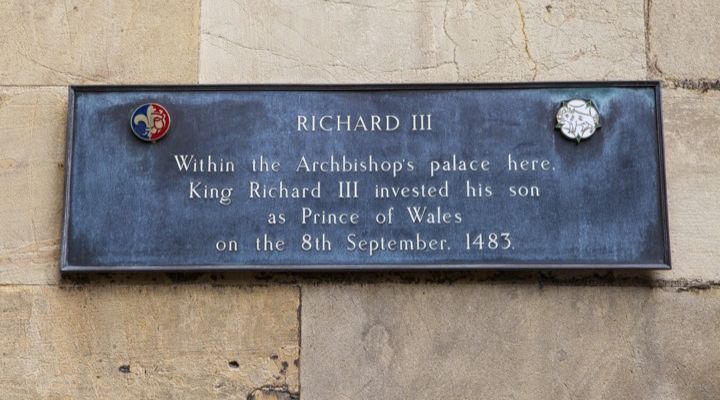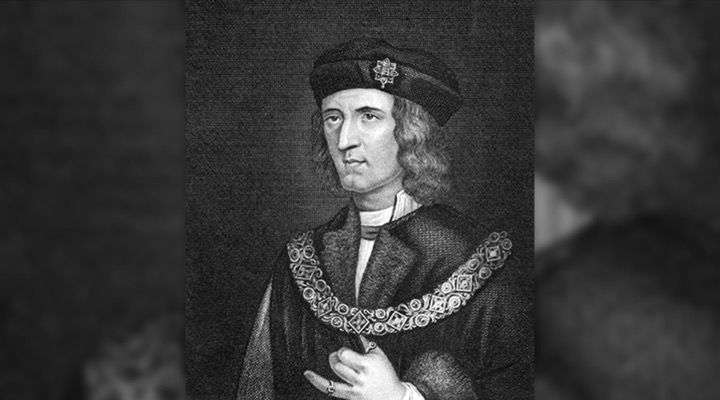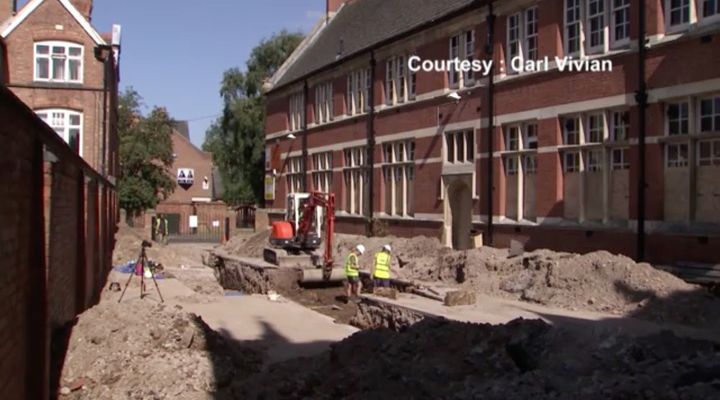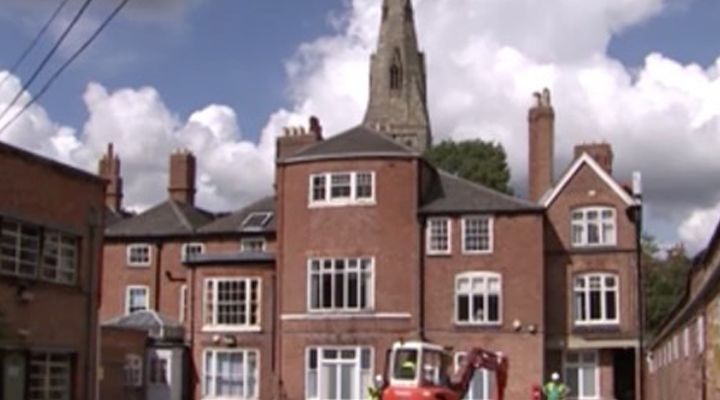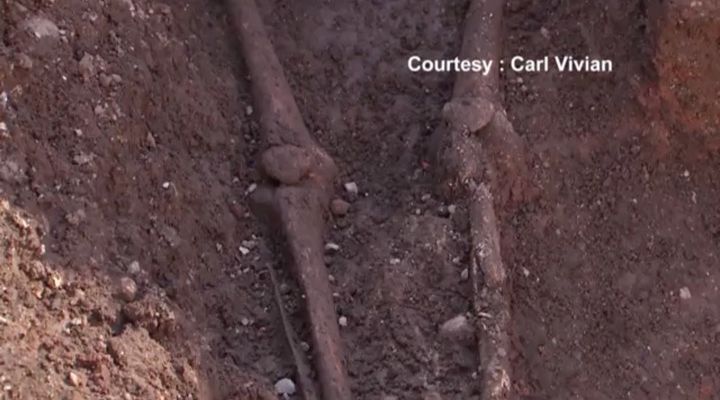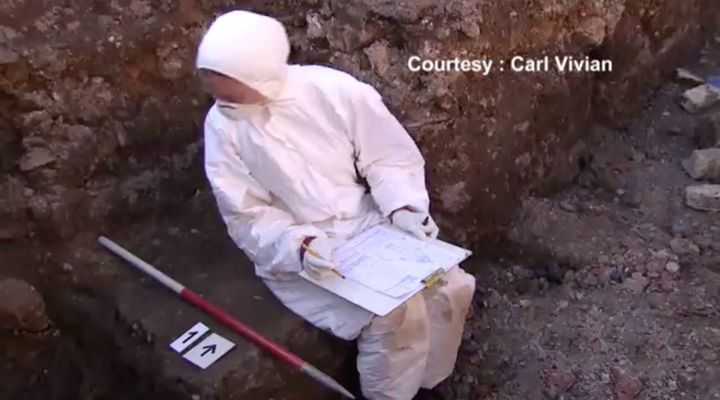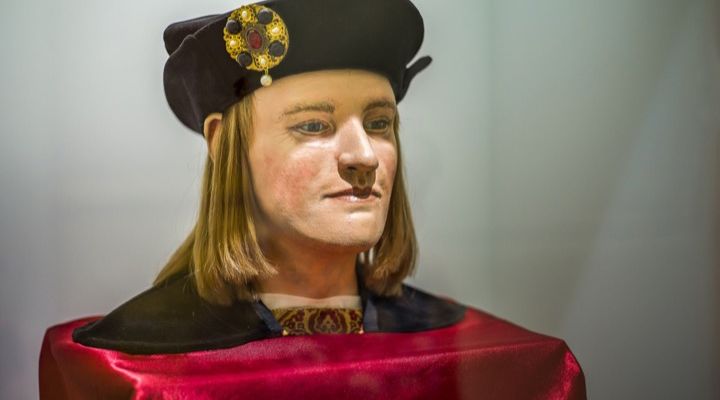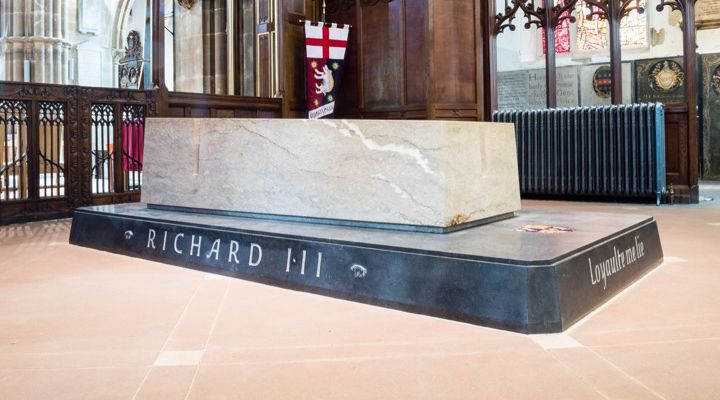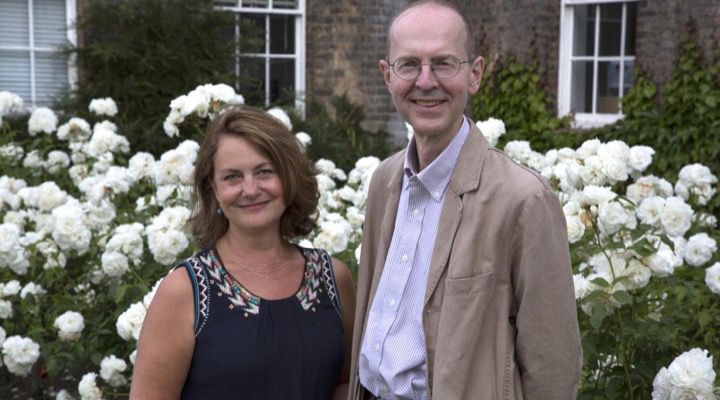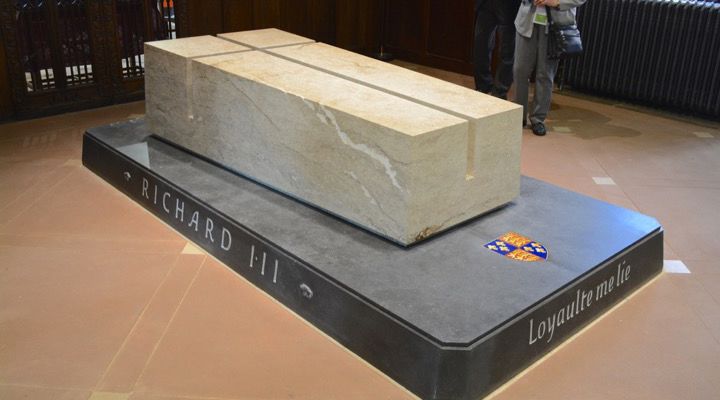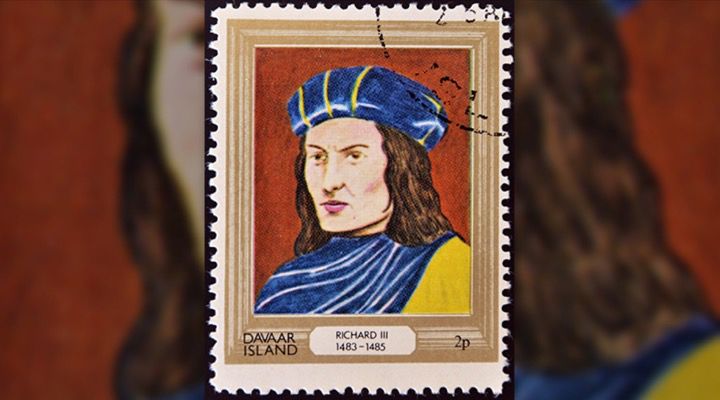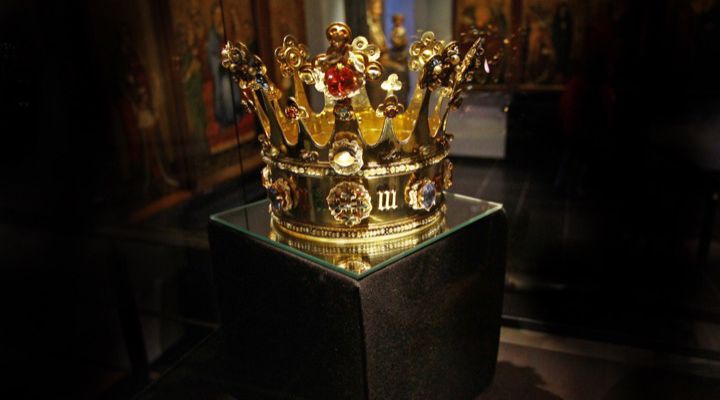Human history is full of fascinating stories and lingering mysteries: some of which remained unsolved well into the modern age. One of these was the mystery concerning what happened the remains of one of England’s most mercurial monarchs: King Richard III.
Many readers will know King Richard III as than the villainous, fratricidal, hunch-backed protagonist immortalized in Shakespeare’s play. What many of you will not know, is how his royal remains were lost for centuries and the remarkable insights that locating them eventually brought about…
King Richard III
Richard III ruled as King of England from 1483 until his death in 1485. He reigned during the infamous War of the Roses, the same bloody contest of kings, connivance, and armies that originally inspired George R.R. Martin’s popular “Game of Thrones” book series. Richard was the last king of the House of York and the last of the legendary Plantagenet dynasty.
War of the Roses
Richard’s defeat against Henry Tudor at the Battle of Bosworth in 1485, is widely seen as the last decisive battle of the Wars of the Roses. It also marked the end of the Middle Ages in England. It is said that Sir Rhys ap Thomas, a Welsh member of Henry’s army struck the fatal blow. For a long time, this was held as the true account of his end. Until 2012 that is…
Died in Battle
Following his death, Richard’s body was stripped naked and it was taken to the Church of the Grey Friars in Leicester to be put on public display. By all accounts, Richard III was the last English king to ever die in battle. 500 years ago, the friars buried the former king in a crude grave in the friary church, and there it remained, until the friary was dissolved in 1538.
Demolished and Disposed Of
The subsequent demolition of the church resulted in Richard’s tomb being lost to the ages. Theories as to what had happened to his remains were bandied about for centuries. Some said his bones were simply thrown into the River Soar at the nearby Bow Bridge. It wasn’t until August 2012 that someone decided to find out the truth…
Search Begins
The Looking for Richard project, in association and with the support of the Richard III Society decided that they wanted to learn what really happened to King Richard III, so they began an archaeological excavation to see if they could simply dig up the truth. The search was led by the University of Leicester Archaeological Services who were helped by the Leicester City Council.
A Find
The very first day of the presumably years-long project resulted in an impressive cache of remains. A human skeleton, belonging to a man in his thirties, and showing signs of severe physical injuries, was uncovered by the team. The skeleton even had several unusual physical features, including a severe curvature of the back: a telltale sign it might be the real Richard. But it of course seemed too good to be true…
Broken Body
Further scientific examination showed a man who had probably been killed either by a blow from a large bladed weapon which cut off the back of his skull and exposed his brain. The blow looked to have been struck by either a halberd, a long bladed weapon, or by a sword thrust. Other initial wound findings indicated postmortem “humiliation injuries” of the type a conqueror might inflict upon his defeated enemy.
Back Problems
The battle-scarred, scoliosis-ridden bones were tested via DNA evidence after that. Five months later, and all signs proved that these remains must have belonged to none other than King Richard III, last of the Plantagenets. He hadn’t been thrown into the river after all. Subsequent study of the bones would ultimately reveal much more than just cause of death as well…
How He Died
Scientists continued to carefully study and catalog the remains. They performed whole body CT scans as well as micro-CT imaging of all the places where they had found injuries. These scans revealed that the king sustained a total of 11 wounds around the time of his death. Nine of those injuries seemed to have been directed towards the skull. It seems that the king must have lost his helmet that day on Bosworth Field.
Surprising Questions
Further DNA analysis has shed even more light on Richard’s life. In the case of the most recent study, it’s revealed what the king might have looked like when he was alive. Even more importantly, it raised some interesting questions about the path of succession after the Plantagenets reign came to an abrupt end in 1485…
High Percentage
Researchers indicated that the most recent tests on his DNA disclose much about how the mysterious monarch may have appeared. There is a 96 percent probability that he had blue eyes and a 77 percent probability that his hair was blond hair, at least when he was young. Though it may have darkened as he aged.
Portraits of Richard
The new research team also made some genetic predictions that indicated his most accurate portrait was likely the arch-framed portrait in the Society of Antiquaries of London. This depiction of Richard III has blue eyes and a lighter color of hair as opposed to others which show him with dark eyes and hair. They also revealed modern genetic matches for the king: his living relatives…
Gene Matches
University of Leicester geneticist Turi King and his team ended up producing arguably the most complete DNA analyses of Richard III yet. The recent study affirmed that there was a “perfect mitochondrial DNA match” between the genetic sequence gleaned from the skeletal DNA and two of Richard’s living relatives, both of whom had been previously discovered.
Distant Relatives
Michael Ibsen and Wendy Duldig had been linked to Richard III through a female-only line that originally descended from the king’s eldest sister Anne of York. The new DNA sample matches from Turi King has shown that this long-held belief may indeed be true. Of course, there are some in the historical and scientific community who beg to differ…
Detractors
Prof. Kevin Schurer, who works at the University of Leicester Centre for English Local History, believes, as do many Englishmen and women, that these are indeed the bones of the king. Yet some in the community still believe that simply tracing the bones to relatives isn’t enough. All the bones prove is that the bones are linked to modern relatives 17 generations away, not to Richard III himself.
Missing Persons
This modern mystery of history is in many ways like a missing persons case. In such cases, one would never just rely on DNA evidence of course, there would be other factors. Still, a youngish male, who died in battle, with scoliosis and who shares some mitochondrial DNA with Richard’s supposed relatives…that’s pretty darn close. The puzzle isn’t complete yet, however…
Some Limitations
Turi King and Kevin Schurer acknowledge that there is one part of the puzzle that doesn’t quite fit. It seems that the Y-chromosome of the remains doesn’t match at all to those from Richard’s supposed relatives on the male-line. They attribute this to a “false-paternity event,” saying that it could have occurred in any of the intervening generations.
Significance
The significance of this particular piece of information is that it could have important implications about Richard III’s actual line of succession. Something could have happened in the five generations between John of Gaunt and Richard III that may or may not mean the famous Tudor Royal Family aren’t the claimants the throne they once believed themselves to be…
Genome Research
Other things that King and his team are trying to determine is whether or not there are genes within Richard III’s line that show a predisposition towards things like heart disease, diabetes, or as in Richard’s case, Scoliosis.
The Tudors, Displaced
“A false paternity between Edward III and John would mean that John’s son, Henry IV and Henry’s direct descendant would have had no legitimate claim to the crown,” explained the researchers. “This would hold true, indirectly, for the entire Tudor dynasty.” It is something the will be gene sequencing for the next year to be sure.
